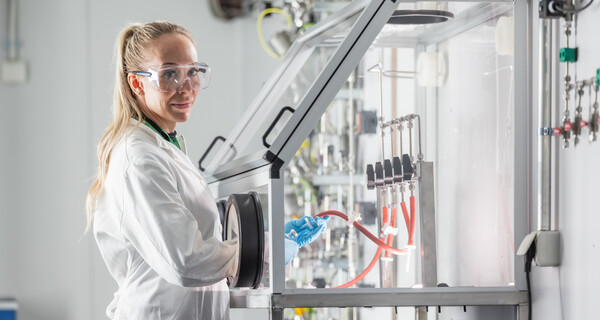Plastic is, in many ways, a versatile and flexible material, and these days it is hard to find a product that wouldn’t in some form use plastic. Packaging uses plastic the most and currently a lion’s share – up to 40% –of plastic used in Europe is utilised as packaging material. Thanks to its good qualities, plastic production has increased annually on a global level in the 21st century, and is expected to triple by 2050. Even though we are very well aware of how fossil oils are used in the production of plastic.
Plastic recycling is essential, but it needs to increase
While we must think about how to decrease the use of plastic, we must also develop solutions to produce the plastic we do need in a way that preserves natural resources. The most common method today is mechanical recycling which helps keep the once produced plastics in circulation as long as possible. Fortum Circo®, for example, is an indisputably versatile, safe and high-quality recycled plastic material made from separately collected post-consumer plastic packages. However, recycling of plastic increases at a slow rate: only 9% of plastic waste was collected globally in 2019, says OECD. And again, some of the plastic cannot be recycled into a new material.
Another option is bio-based plastic, a theoretically renewable material since wood can be grown more. However, the challenge for bio-based plastic can be availability of the raw material – especially since forests are acutely needed as carbon sinks. This leads us to rethinking plastics from new angles – such as carbon capture and utilisation in our Carbon2x pilot project.
Carbon dioxide as raw material for plastics of the future
In the Carbon2x pilot, we capture the carbon dioxide released during waste incineration and mix it with hydrogen, creating base chemicals such as methane or methanol, that can then be further utilised as raw materials for plastic production. Based on the research we have conducted so far, plastic produced from CO2 is versatile and suitable for packages and toys alike.
The advantage of binding carbon into a raw material such as plastic is that it keeps it in circulation. When a product made of CO2-based plastic reaches the end of its lifecycle, it can be mechanically recycled or incinerated – after which the carbon can once again be captured, thus closing the loop of its circulation. The full potential of utilising CO2 in materials is yet to be unlocked, but we are already reaching for the key.
